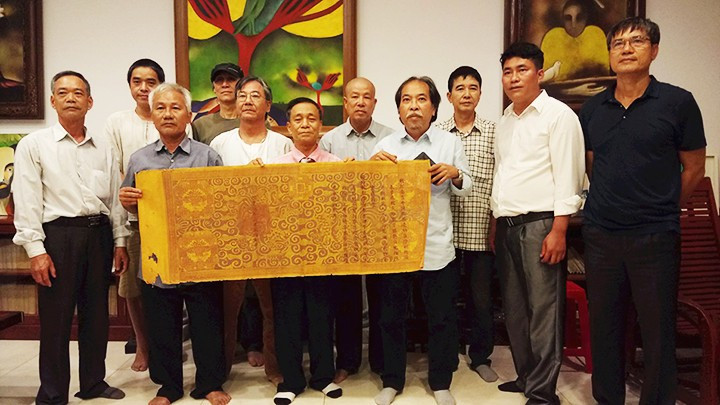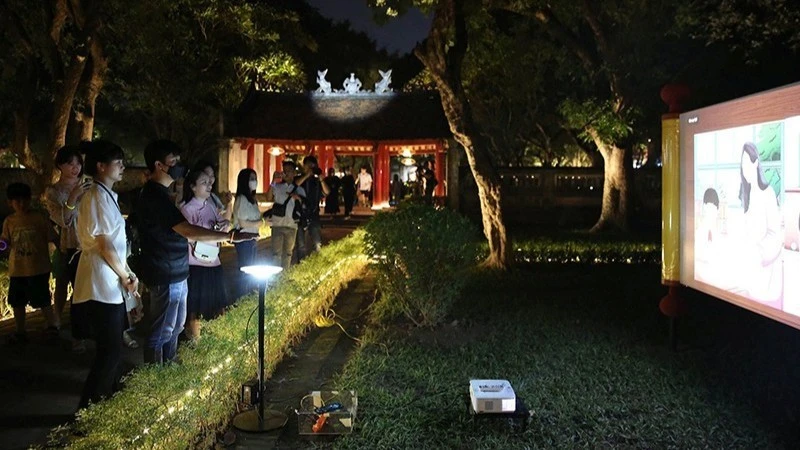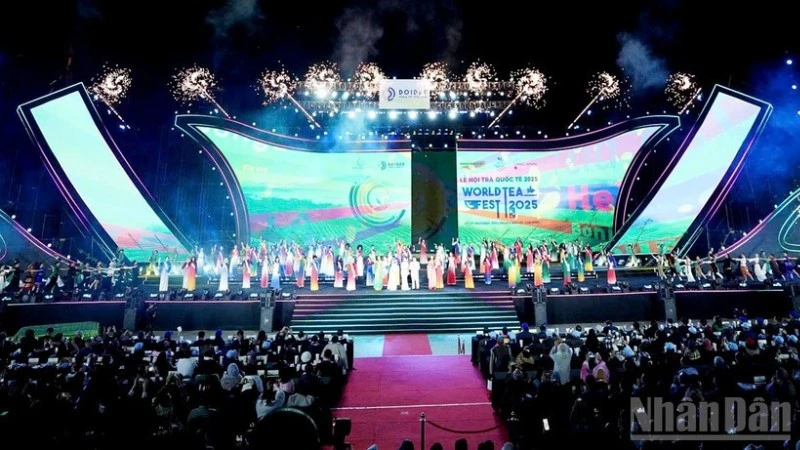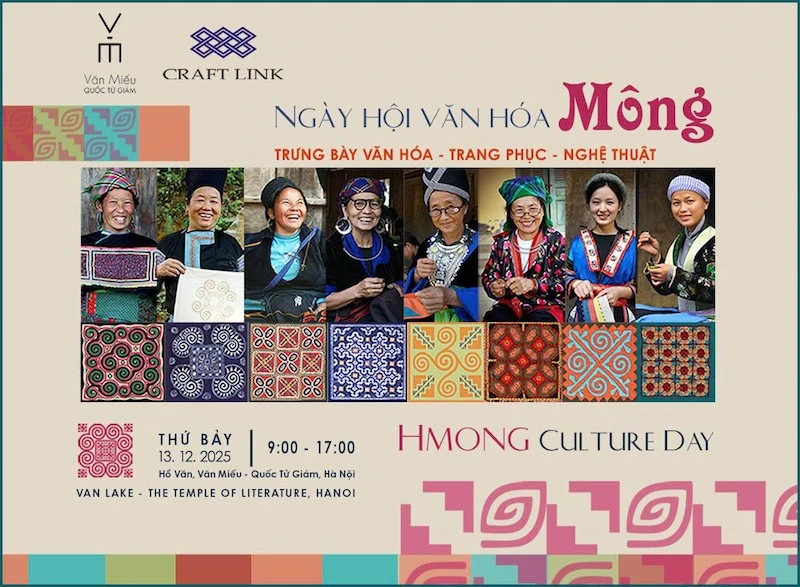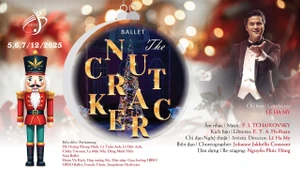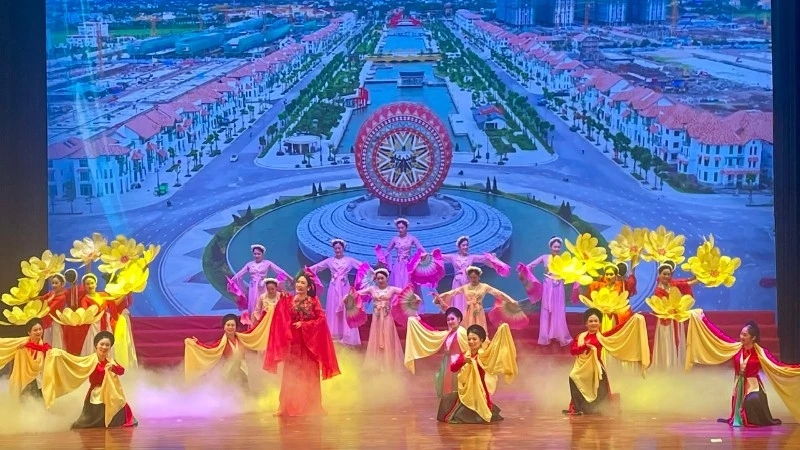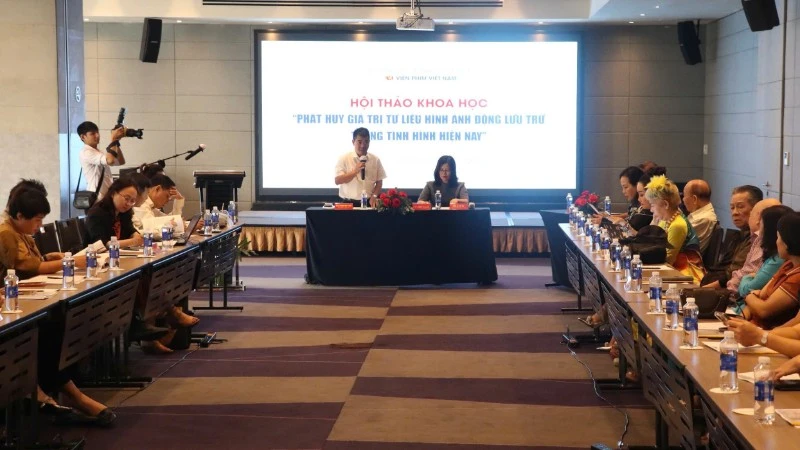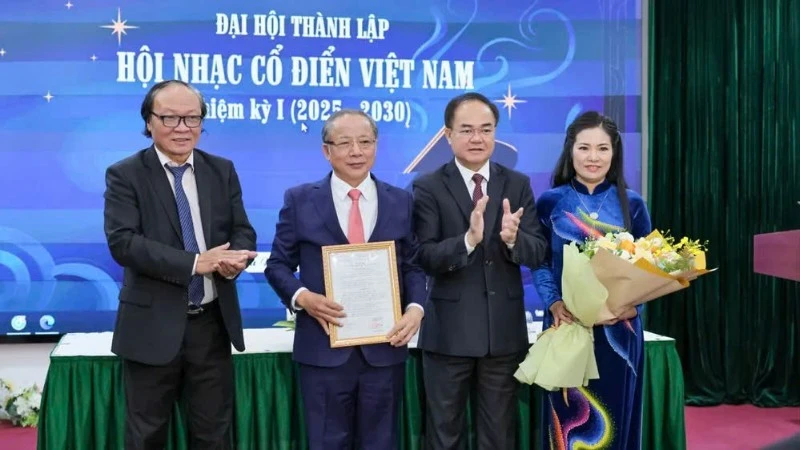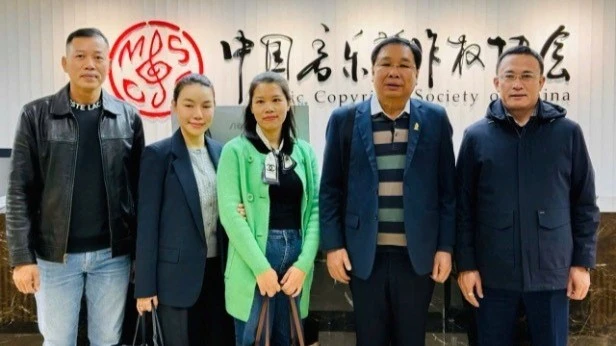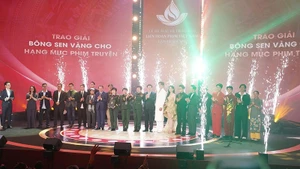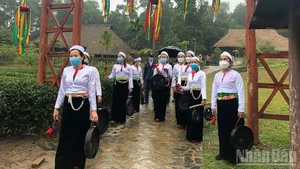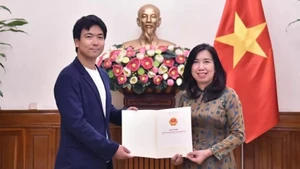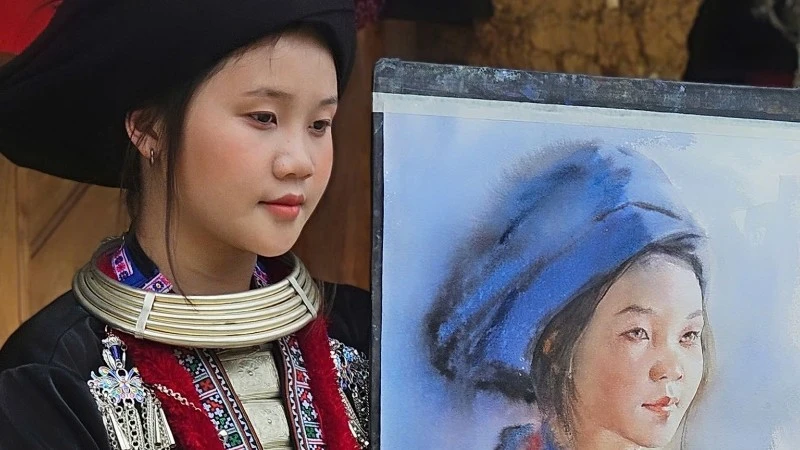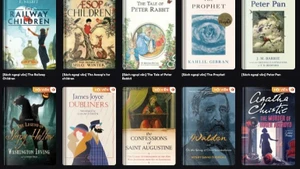Although the state budget continues to play a primary role in funding cultural and artistic activities, however, the investment remains limited. Meanwhile, the potential social resources from organisations, enterprises, and individuals are great but have yet to be effectively mobilised. How can these resources be unlocked for the sake of artistic creation and cultural heritage preservation?
From realities of cultural practice
With more than 20 years dedicated to traditional Vietnamese music and the preservation and promotion of endangered heritage, working independently from any state institution and relying purely on voluntary efforts, Nguyen Quang Long, a member of Ha Dong Intellectuals group, has been part of several notable initiatives:
In 2005, a project to revive the unique art of xam singing (blind wanderers' music) in Ha Noi and across the country culminated in the album “Xam Ha Noi”, featuring seven traditional xam tunes, which were once popular in the capital. It also led to the establishment of a folk music stage named Ha Noi 36 Pho Phuong at the Hang Dao – Dong Xuan Night Market. This project was carried out by a team of researchers, musicians, traditional instrumentalists, and folk artists, all operating on a voluntary basis and self-funded.
Following projects, including research and composition of new "xam" songs in the traditional style, were largely self-financed, apart from creative labour. Costs such as recording, filming, and product promotion, were covered by the team with some support from the media. A recent example includes the “Ngam Kieu Toan Truyen” (Reciting the entire tale of Kieu) in 2020, which revived a distinctive Kieu recitation form, which was created during the process of preservation and spreading of The Tale of Kieu by forefathers, though no previous project had ever presented all 3,524 verses using this unique recitation style.
Another project, “The role of Nguyen Cong Tru in Hat Noi in Ca Tru” (2021), introduced ten “ca tru” (Ceremonial singing) songs in “hat noi” of one of cultural celebrities who contributed to the development of this special style. In 2022, Nguyen Quang Long carried out a project to introduce Phu Tho Xoan singing, focusing on 13 ways performed by artists from the Xoan Thet guild, one of the four original Xoan guilds. The next project we want to carry out is “Introducing southern ceremonial music”. At the end of 2022 and the beginning of 2023, we worked many times with People's Artist Thanh Hai (who passed away in May 2025) in Ho Chi Minh City to plan the implementation, but the project could not be implemented due to insufficient funding.
Our private projects undertaken between 2020 and 2022 received partial funding from the Thien Tam Fund of Vingroup, but the grants were modest and most of the expenses were borne personally. Such projects do not qualify for state funding due to current regulations, which lack provisions for individuals or non-state organisations. Although collaboration with state agencies is possible, it often shifts the project’s direction or imposes constraints that discourage enthusiastic implementers. In truth, many art fields, especially traditional arts survive thanks to the dedication of passionate individuals. These fields remain unattractive to sponsors due to the absence of mechanisms guaranteeing practical and transparent benefits.
In fact, some businesses and individuals still actively participated in the sector: sponsoring cultural festivals, art composing contests, performance programmes, and even investing in heritage restoration or opening traditional art spaces. However, such contributions are rare and often spontaneous. The major obstacle lies in the lack of an effective and transparent incentive mechanism. Current laws lack clear and appealing provisions on tax incentives, title recognition, or brand promotion related to cultural sponsorship, which are all crucial to attract long-term cultural sponsoring.
Making businesses stakeholders
In the world, many countries have effectively adopted tax incentive mechanisms to mobilise cultural funding. France is a leading example with its Cultural Sponsorship Law (Loi sur le mécénat) allows businesses to deduct up to 60% of their sponsorship amount from corporate income tax. Thanks to this policy, major corporations have confidently participated in major projects, most recently the restoration of Notre-Dame Cathedral after the 2019 fire.
In the US, tax laws strongly encourage the establishment of non-profit organisations in the art field, with all donations tax-deductible for both individuals and businesses. Funds such as the National Endowment for the Arts (NEA) often serve as a catalyst, followed by community-based mobilisation.
In the Asia, the Republic of Korea has a co-funding policy, where the state matches part of a business’s contribution, a clever way to stimulate private investment while maintaining cultural direction. Singapore runs the Cultural Matching Fund (CMF), established by the Ministry of Culture, Community and Youth (MCCY), which supports charitable arts and heritage organisations, along with other public organisations. This fund provides one-to-one grants: if a business donates 100 dollars to a cultural cause, the state matches it with another 100. Additionally, sponsors are honoured through national cultural awards.
In Viet Nam, to ease the state’s “burden”, cultural activities need to be socialised. One key solution is tax incentive policies for enterprises, organisations, and individuals investing in or sponsoring the arts and cultural heritage preservation. The current corporate income tax law allows for sponsorship expenses to be deductible as legitimate costs, but lacks clear application to culture and the arts, particularly traditional arts and intangible heritage preservation. Furthermore, complicated sponsoring verification and appraisal procedures discourage businesses who tend to favour sectors with more easily measurable returns.
If the state were to implement specific policies, for instance, exempting or reducing corporate income tax on profits reinvested into artistic creation, cultural institutions, or heritage preservation; or allowing tax deductions of 50–70% for cultural sponsorships, this would send a clear signal to businesses, encouraging them pour long-term investment and fostering a healthy competitive environment in the field of cultural sponsorship.
Mobilising social resources for artistic creation, performance arts, especially national arts, and cultural heritage preservation is a critical requirement for Vietnamese cultural development in the age of globalisation. What is needed is a policy push that is strong, clear, and attractive enough to give businesses the confidence to accompany with culture.
The concept of “socialisation” in culture and the arts is not new. It was once seen mainly as “sharing the burden” with the state, it should now be recognised as a sustainable development method because it mobilises the intellectual, finance, and emotion of society for a common goal. Social resources not only bring finance, but also open creative opportunities and, importantly, diversify approaches to heritage, helping cultural heritage live vibrantly in contemporary life rather than remain frozen in a “living museum”.
